Weekly Market Cheat Sheet, June 12, 2017
The Sevens Report is the daily markets cheat sheet our subscribers use to keep up on markets, leading indicators, seize opportunities, avoid risks and get more assets. Get a free two-week trial with no obligation, just tell us where to send it.
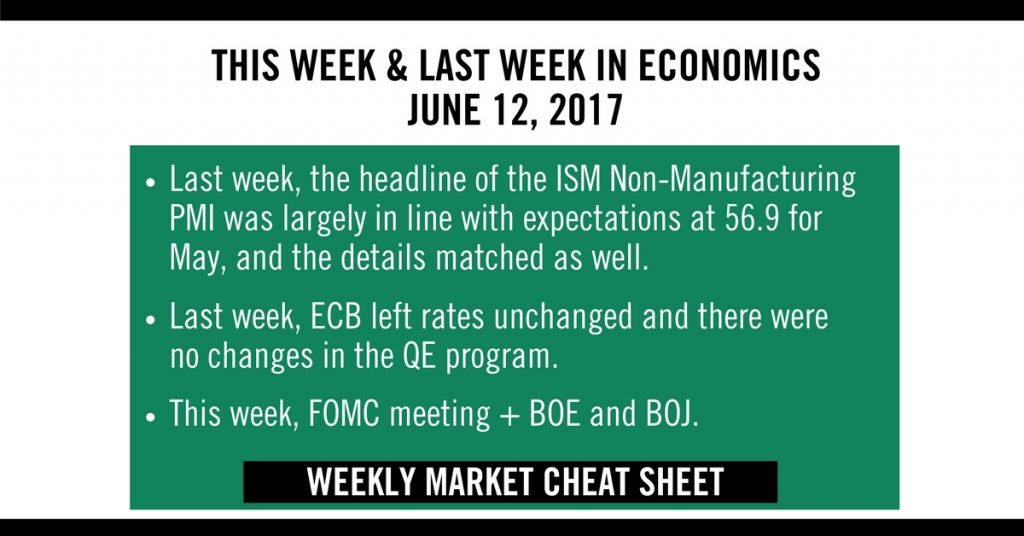
Last Week in Review:
There were only a few economic releases last week and the Fed circuit was silent ahead of this week’s Fed events.
The headline of the ISM Non-Manufacturing PMI was largely in line with expectations at 56.9 for May, and the details matched as well. The one outlier was a sharp dip in the prices category, which fell to 49.2 from 57.6. It was the first sub-50 reading in 13 months. And while the one number by itself is not very alarming, pairing it with other soft price data of late, including the weak unit labor cost on Monday, inflation data is beginning to gain some attention. For now, it is just something to monitor and will not have a material effect on Fed policy yet.
Looking overseas, the EBC decision was the big event last week. As expected, rates were left unchanged and there were no changes in the QE program. The ECB changed their risk assessment to “balanced” and also removed the potential for lower interest rates going forward. Overall, the meeting was anti-climactic as a step was taken towards eventually ending QE, but no update on the timeframe was offered.
This Week’s Preview:
Focus will be on central banks this week as the Fed takes center stage Wednesday, the BOE is Thursday and the BOJ is Friday. The Fed will obviously attract the most attention as a rate hike is expected, but the outlook for future policy has grown cloudier. The market will be looking for any clues as to the number of rate hikes remaining in 2017, or whether the committee’s sentiment towards the economy has changed in recent months. We will have our full FOMC Preview in tomorrow’s Report.
As far as economic data goes, CPI and Retail Sales will both be released pre-market ahead of the FOMC on Wednesday (which we will provide a preview for, as always).
Later in the week we get the first look at June data from the Philly Fed Business Outlook Survey and the Empire State Manufacturing Survey as well as Industrial Production data for May. The latter will be important to see if the recent bounce in manufacturing data has continued at all in Q2 or not. Lastly on Friday, Housing Starts data for May will provide the latest update on the housing market.
Overseas, there are some important releases to watch beginning on Tuesday night with Chinese Fixed Asset Investment, Industrial Production, and Retail Sales all due at 10:00 p.m. ET. There are several second-tiered reports that may move market modestly if there are any surprises, but the only other report overseas really worth watching is the Eurozone HICP (their CPI) to see if inflation is firming at all or actually rolling over as some individual European country reports have shown (German CPI was -0.2 vs. E: -0.1% in May).
Get the simple talking points you need to strengthen your client relationships with the Sevens Report. Everything you need to know about the markets delivered to your inbox by 7am each morning, in 7 minutes or less.
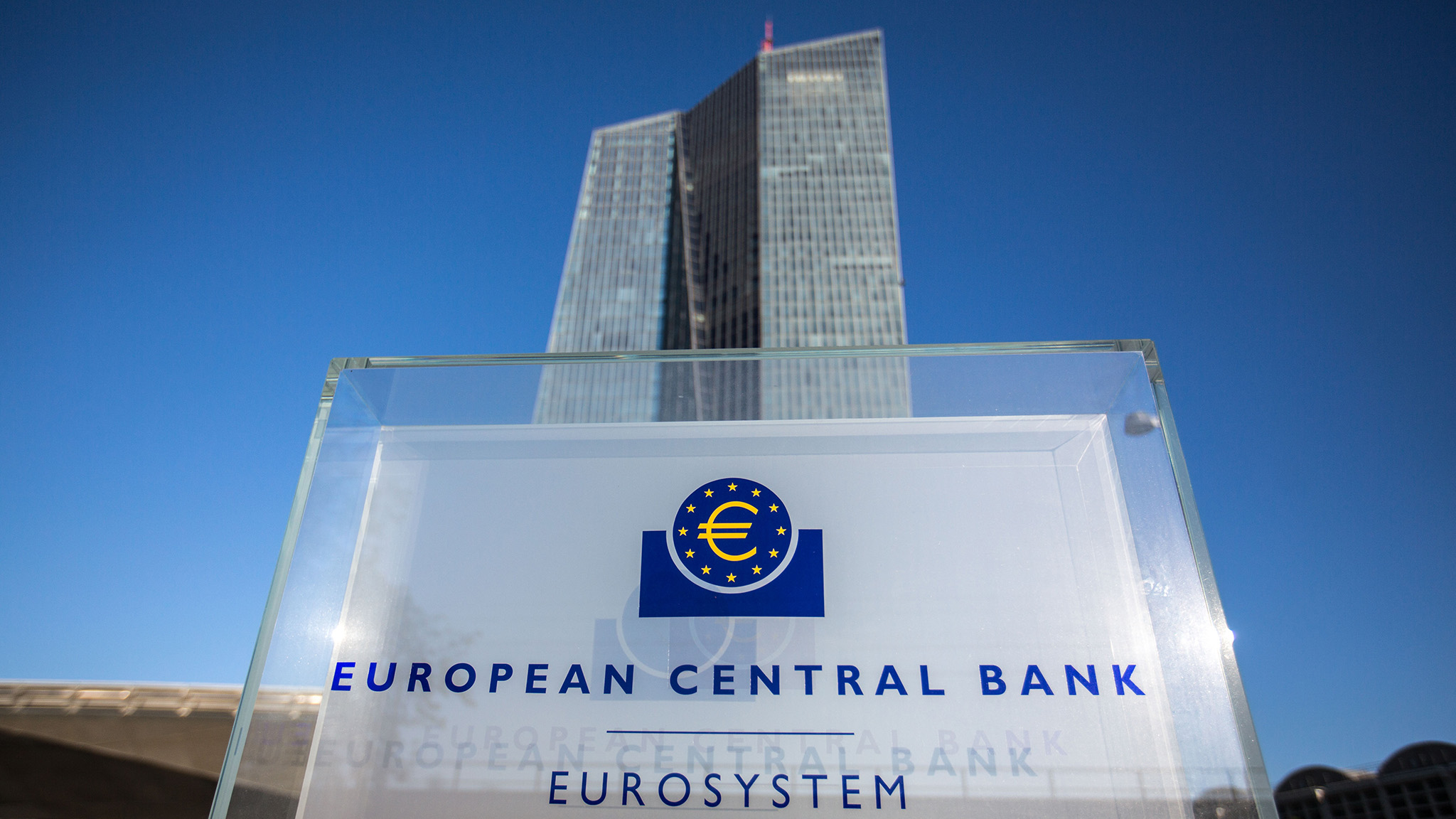
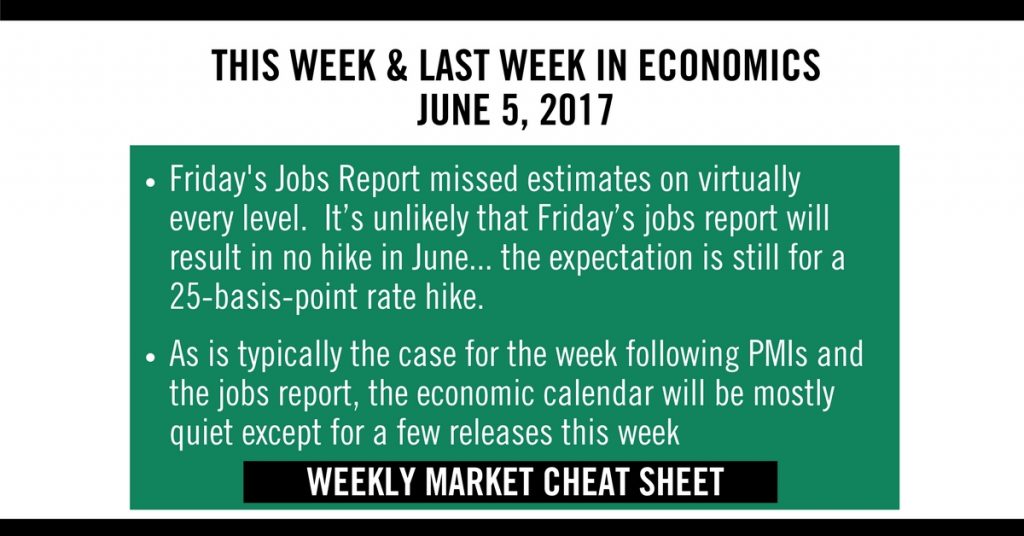
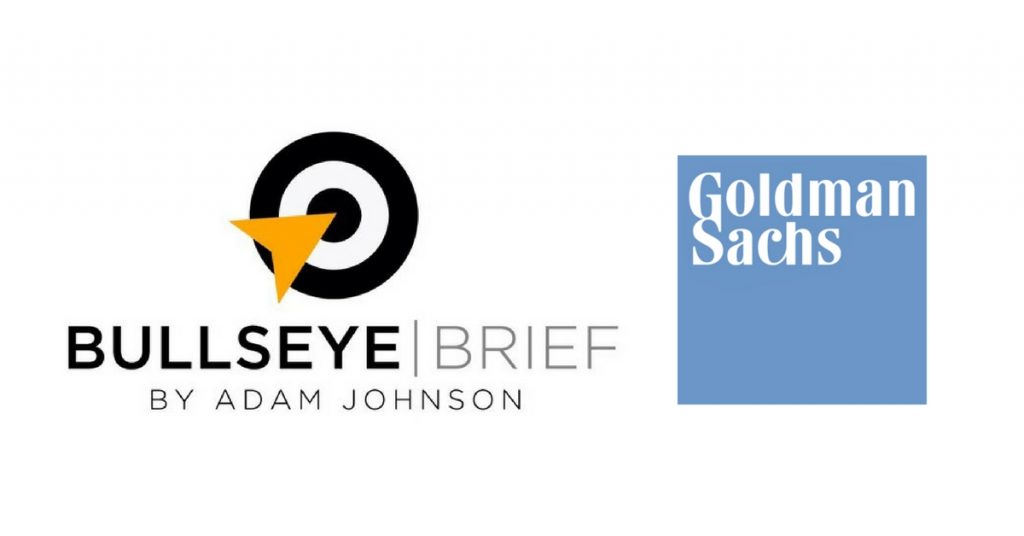
 te Hikes in 2017)
te Hikes in 2017)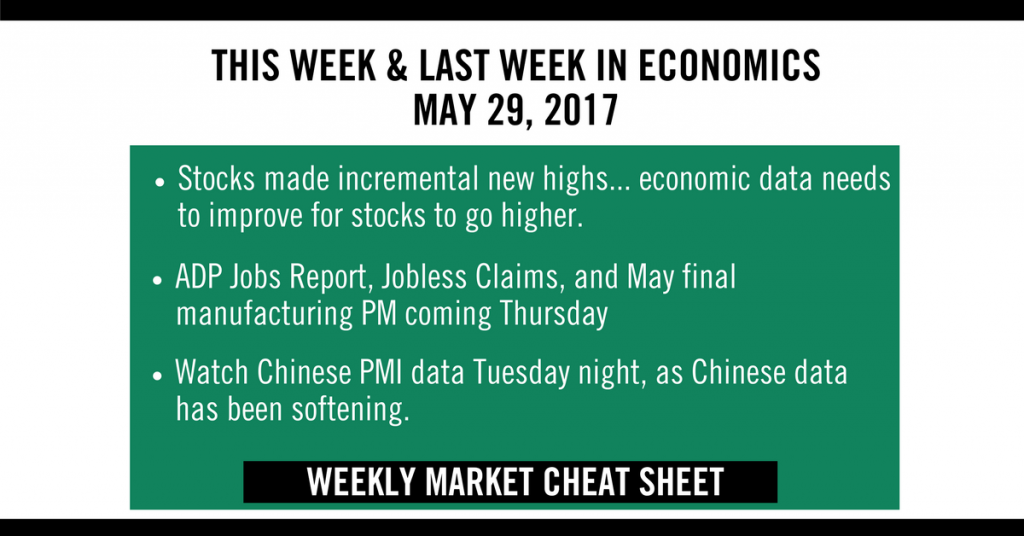
 So, a potential deeper cut began to get priced into the market amid the flurry of buying leading up to the meeting. Unfortunately for the bulls, it was just more of the same cuts through March 2018. The reason the market responded unfavorably to this outcome is pretty simple; the cuts haven’t worked so far, as global stockpiles remain near record highs.
So, a potential deeper cut began to get priced into the market amid the flurry of buying leading up to the meeting. Unfortunately for the bulls, it was just more of the same cuts through March 2018. The reason the market responded unfavorably to this outcome is pretty simple; the cuts haven’t worked so far, as global stockpiles remain near record highs.